You should be worried about buying a custom model or prototype based on a lowest-cost bid as we pointed out in our last blog. Here are five reasons to pay a little more for quality and get a lot more in return.
1. Quality sells.
The impact and quality of a model or prototype built with superior materials or design may lead to far greater sales than the incremental cost of say 10 percent over the lowest quote. That's value.
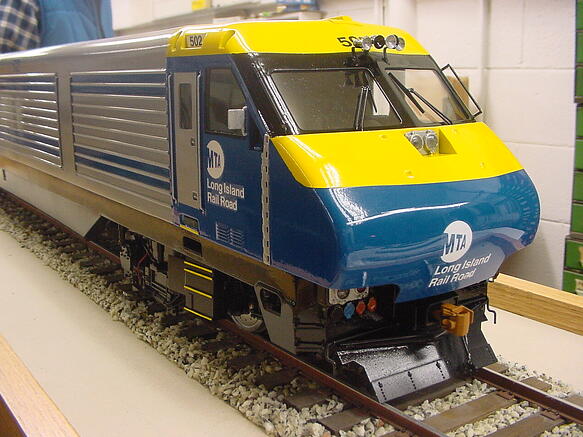
1/24 scale brass locomotive model - exterior and interior
If a model or prototype is 25 percent or more effective in generating leads than say a quote that costs 10 percent less it is more cost effective. Our experience is that the extra expense is often the difference between a dull model and one that grabs the viewer’s attention. In the case of the 36" long locomotive model pictured above it was also the difference in a more accurate and durable model that we built primarily out of brass instead of plastic.
 Internal equipment rack prior to painting. Primarily brass construction
Internal equipment rack prior to painting. Primarily brass construction
The entire exterior of the locomotive body and most of the internal equipment is brass construction with strong silver soldered weld joints . The model is then very durable and the thickness of the parts is in scale.
2. A model is your reputation - don't mess it up to save a few dollars.
It takes a long time to build up a corporate reputation and a short time to knock it down if you don't meet the expectations of your client or potential client. Put your best model forward.
3. A partnership with a good model maker can raise quality exponentially.
Commissioning a prototype can be a learning experience that simultaneously represents and improves your idea when working with a good model maker.
The best model makers will spend when needed up to a third or more of their time doing research for or with you. For example the U.S. Navy's policy is not to provide drawings on currently commissioned ships. All is well if accuracy is not your goal or if you can do the research required for accuracy. One of Model Builders, Inc's strengths is our exceptional research and commitment to accuracy when it counts. Some of our competitors have had their models rejected by their clients who liked their price but not the inaccurate results.
4. Quality pays, but quality is not free.
Even one step up from the lowest bid can make a big difference in quality. The marginal difference may go to the more talented and experienced staff, more precise tools, more durable and realistic materials, and safer shipping containers, for example. When you commission one model in anticipation of multiple versions later on, buying quality also prevents having to start over later with a different company if the first model is unsatisfactory.
5. The lowest bid often means there is little room for innovation or details that can make a big impact in the final look of the model or prototype.
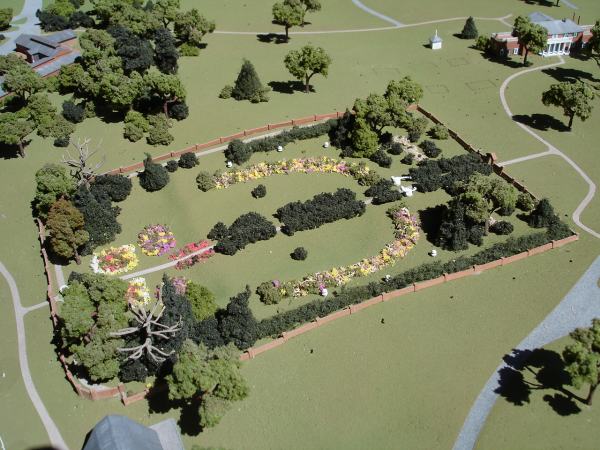
The above picture is of a finely detailed 1:500 scale model garden that is only 5" X 7". The two white lions on the right in the garden are 1/2" long. The holes are only 1/16" diameter for lighted fiber optic cable ends to identify the area by pushing a button. This model type of finely detailed model making takes time and special artistic skill.
Model Builders, Inc. is known for helping industrial designers, manufacturers, institutions and individuals go from idea to reality. Take the next step by contacting us at Model Builders, Inc., 773-586-6500 or info@modelbuilders.net .

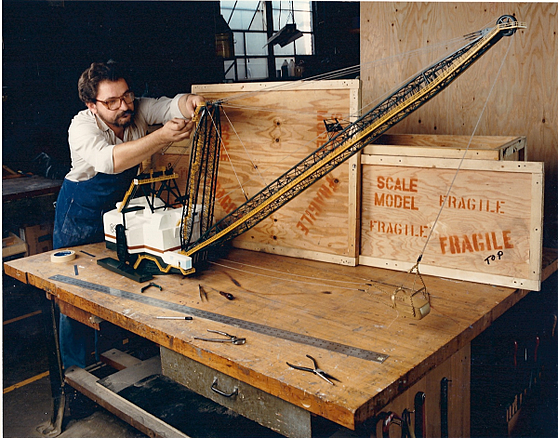
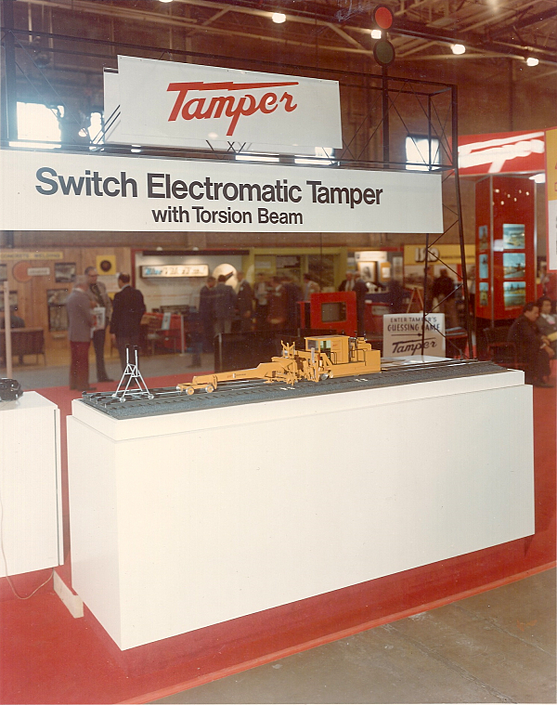
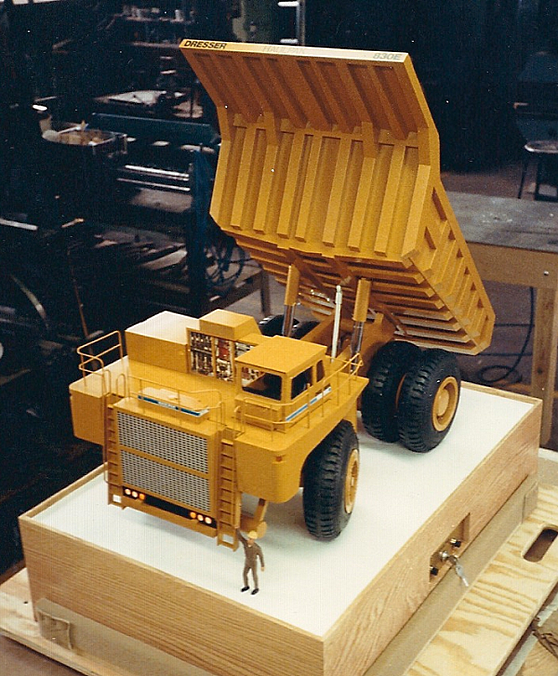
-resized-600.jpg?width=558&height=405&name=hough_payloader_(2)-resized-600.jpg)




















